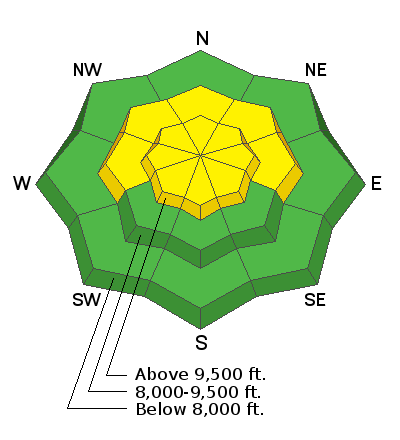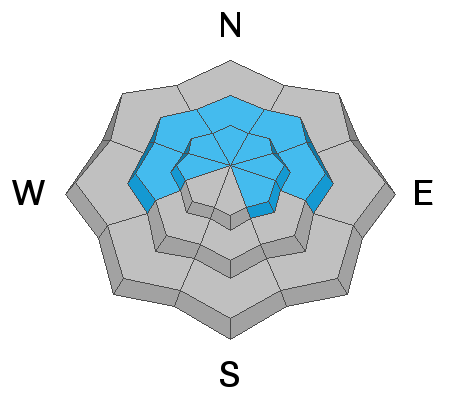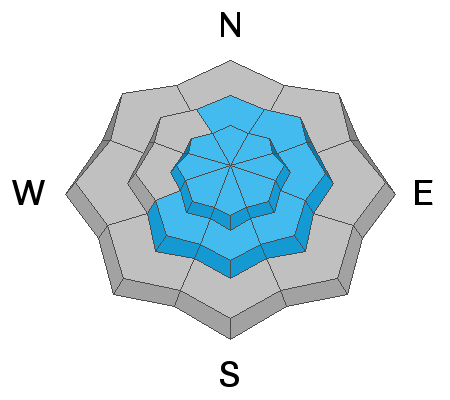Thanks to the generous support of our local resorts, Ski Utah, and Backcountry, discount lift tickets are now available. Support the UAC while you ski at the resorts this season. Tickets are available
here.
This morning, under partly cloudy skies temperatures are in the low 20s F at trailheads and low teens F at upper elevations. Northwesterly winds picked up last night, peaking around 9:00 pm and gusting up to 90 mph at the uppermost elevations. The winds have decreased, and are currently blowing 25-30 mph and gusting up to 40 mph at 11,000'.
Today, a weak dry storm system will push into the region, which will bring partly cloudy skies, and the occasional light snow shower in the afternoon. The northerly winds will continue to decrease throughout the morning into the early afternoon, before ramping up and becoming easterly overnight. Temperatures will be in the mid-20s F at 9,000', and winds will average 15-25 mph and gust up to 55 mph at 11,000'.
Saturday's dusting of new snow was a huge improvement to the riding conditions, while the elevated winds likely moved around a lot of that soft snow. Improved riding conditions still exist in areas protected from the winds.
A bit of good news - if the extended weather models are correct, we have a decent looking storm slated for next weekend. While it seems like a pipe dream, we are all keeping our fingers crossed.
For interested in Wasatch weather, and don't know who Jim Steenburgh is - check out his blog
HERE. If you like the weather, you will enjoy it. Fingers crossed that winter will return to the Wasatch soon.
Yesterday there were no new avalanches reported in the backcountry.
You can find all the backcountry observations
HERE.










